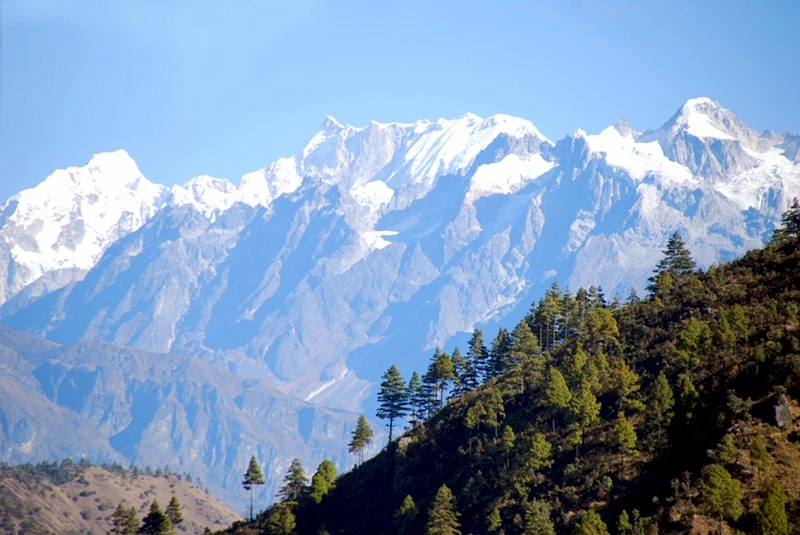Day-1: Arrive Kathmandu
Arrival and transfer to Hotel.
Day-2: Guided Sightseeing
Guided sightseeing around Kathmandu valley
Day-3: Kathmandu- Syabrubesi, 1460m
After breakfast, transfer by private land cruiser to Syabrubesi . Overnight in a lodge. Note that this is a long trek and can take about 10 hours.
Day-4: Syabrubesi - Gatlang 2238m, 6 hrs
The trail starts after breakfast with an ascent of about an hour and half where we get to see stunning views of the Ganesh Himal, Gosaikunda range and the Goljang valley. We then head downhill again for about an hour to Goljang valley for the lunch. After lunch, the trail takes us on a 3 hour trek to Gatlang, a beautiful Tamang village. Upon arrival you will be welcomed by Khada (white scarves) and home made local drinks Rakshi accompanied by a welcome song in local language. Get refreshed and enjoy the local Syabru dance. Overnight at the community lodge.
Day-5: Gatlang - Tatopani 2380m ,6-7 hrs
We head out for about 7 hours on a long day. We start by descending to Thangbuchet (near Chilime village) by the Bhotekosi River where we stop for lunch . The Chilime Hydropower dam is situated here. After lunch the trail ascends across a hanging bridge an continue until you reach Tatopani which literally means 'hot water'. Here you can wash off in the in natural hot springs with bathing areas in the heart of the mountains. Locals believe that the waters have a healing quality that eases away your aches and pains. Dinner and overnight stay at local tea house.

Day-6: Tatopani - Nagthali 3165m- Thuman, 2238 6 hrs
After breakfast, we continue climbing to Nagthali Danda (3300m) the high open grassland which offer us amazing views of the snow covered Himalayas. We stop for lunch at Brimdang village along the way. The trek then continues down to Thuman, a Tibetan influenced Tamang village with friendly people who love to sing and dance.
Dinner and overnight at local tea house.
Day-7: Trek Thuman - Briddim 2239m, 6 hrs
This morning the trail flattens out a bit and then gradually descends to Timure en route to the old trade route to Tibet where we stop for lunch. Rasuwaghadi (Nepal-Tibet boarder) is just a 3hr walk from Timure and lies on the bank of River. After lunch the trail continues to Briddim, another Tibetan influenced Tamang village. Home stay at Briddim is a unique experience. All accommodations, lodgings and meals are offered at the individual houses on a rotational basis. Each host family provides a clean bed, toilet and a family dining room.
Day-8: Trek Syabrubesi 5 hours
After breakfast, the trek descends down to Syabrubesi which is about 3hrs from Briddim. Lunch and relax. Dinner and overnight at Syabrubesi
Day-9: Drive back to Kathmandu
Day-10: Depart Kathmandu
End of services
